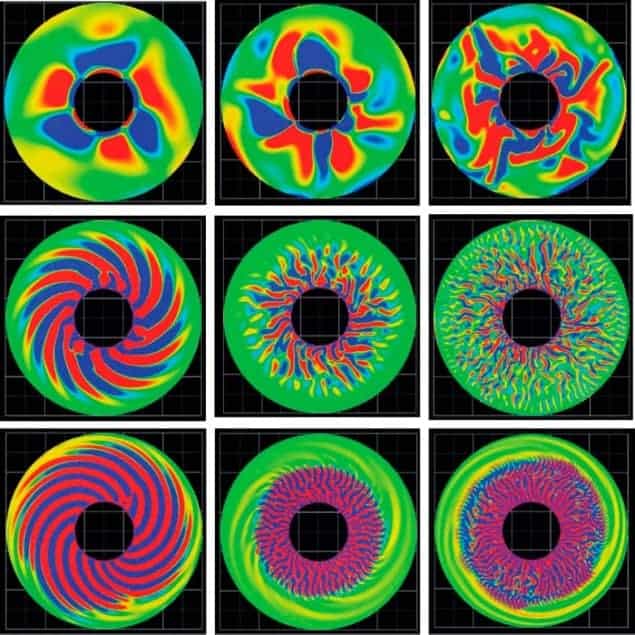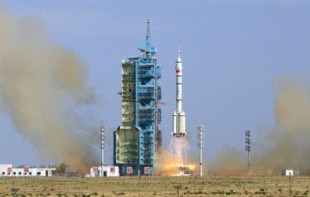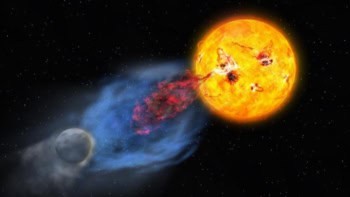
Zonal flows are ubiquitous in nature. Familiar examples include the jet stream winds that circulate the globe or the alternating currents in the world’s oceans such as the Gulf Stream. Now, researchers in Japan say that zonal flows could also exist at the centre of the Earth where the planet’s magnetic field is generated.
Most geophysicists agree that the main component of the Earth’s field – which defines the magnetic poles – is a dipole generated by the convection of molten iron deep within the planet’s interior. Researchers can only use indirect methods, however, to infer the fine details of the geodynamo, which may provide clues as to why the Earth’s magnetic poles have flipped every million years or so throughout Earth history.
In search of these finer details, Akira Kageyama at Kobe University and colleagues have modelled the geodynamo to build a more detailed picture of convection in the Earth’s outer core. Their simulation quickly established a secondary flow pattern, consisting of inner sheet-like radial plumes, surrounded by westward cylindrical zonal flow.
This work was carried out using the Earth Simulator supercomputer, based in Japan, which offered the spatial resolution to determine these secondary effects. Kageyama and his team also confirmed, using a numerical model, that this dual-convection structure can co-exist with the dominant convection that generates the north and south poles.
Kageyama told physicsworld.com that this kind of zonal flow has not been seen in geodynamo models before and that it could provide a “hint” about the mechanism of polar reversal. The last time the north and south poles flipped was 780 000 years ago so, statistically at least, we could be heading for another reversal soon. Geologists speak of the poles “flipping” in a very short time, but in reality the full process still takes around 10 000 years.
This research is published in Nature.



